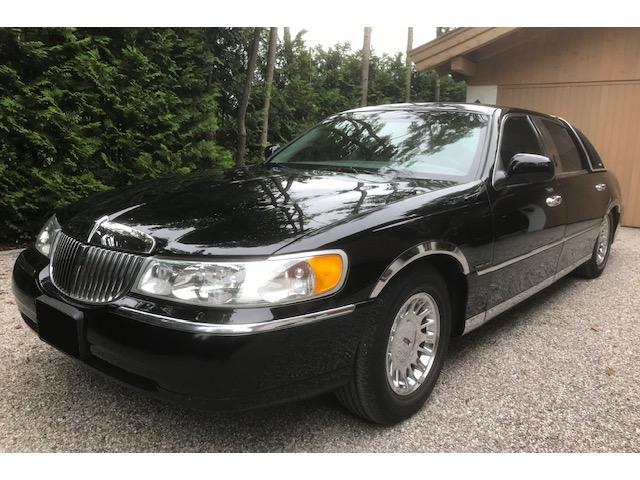

The shift interlock solenoid is located underneath the shifter console right alongside the shifter lever. In other words, if the electrical signal that causes the solenoid to lock and unlock the shifter is not reaching the solenoid because of an open circuit in the wiring - replacing the solenoid will not help. However, before replacing the interlock solenoid, use a digital multi-meter to rule out the problem being an open circuit in the wiring. If you’ve verified the brake lights are working correctly then the problem is most likely a faulty shift interlock solenoid. A faulty brake light switch does not send this signal.ĭo-it-Yourself Cost: $7.00 to $35 (Cost of switch) Note: The connection between a faulty brake light switch and the shifter being stuck in Park is that a properly functioning brake light switch sends a signal to the shift interlock solenoid when the brake pedal is depressed, which causes the interlock solenoid to release the shifter. These are the most common reasons for a shifter being stuck in Park. Either the brake light fuse is blown or the brake light switch is faulty. If the brake lights are not working – you’ve found the problem. By law, all 2010 and newer vehicles are equipped with brake-shift interlock. IMPORTANT SAFETY WARNING for Owners of Pre-2010 YEAR VEHICLES: If you own a 2009 or older vehicle, do NOT ASSUME it is equipped with brake-shift interlock – some vehicle owners have done so with tragic consequences. Additionally, if your vehicle’s battery is dead, the shifter will be stuck in Park. When one of these components fails, you may not be able to move the shifter out of Park. The main components that control the locking and unlocking of the shifter are the vehicle ignition switch, the brake light/stoplight switch and the shift interlock solenoid. In addition to the key-shift interlock safety feature, many vehicles prior to 2010 and all vehicles 2010 and newer are also equipped with a brake-shift interlock safety feature, which, in addition to the ignition switch being in the ON or RUN position, the brake pedal must be depressed and the button on the shifter must be pushed in simultaneously before the shifter can be moved out of “P” Park. In order to move the shifter out of Park, the key must be in the ignition switch and the switch must be in the “ON” or “RUN” position.

Since the early 1990s, vehicles with automatic transmissions are equipped with a key-shift interlock safety feature that locks the shifter in the Park position each time the shifter is placed there.


 0 kommentar(er)
0 kommentar(er)
